The durian harvest season in Dak Nong is at its peak. Trucks are bustling into the gardens, traders are chatting and laughing, the atmosphere seems to signal “good harvest, good price”. However, amidst the hustle and bustle, there are still people who are secretly worried: Growing clean durian is more difficult, more meticulous, but the output is still unclear.
Growing is harder but selling price is still the same
Having grown durian for many years, Mr. Nguyen Huu Phuc (Dak Sin commune, Dak R'lap district, Dak Nong) currently has 50 durian trees interspersed among his coffee garden. After many failed seasons due to lack of techniques, this year he decided to change.
“Last year, the whole garden had a few fruit trees, and we sold them for more than 5 million VND, a huge loss. This year, I was shown a new technique to grow them, and surprisingly, they were not only free of cadmium contamination but also surprisingly productive,” Mr. Phuc said excitedly.
However, according to Mr. Phuc, change is not simple.
Mr. Nguyen Huu Phuc's durian garden, after applying new techniques, produces many fruits without cadmium.
Under the guidance of an engineer, Mr. Phuc began to research and learn how to fertilize properly according to each growth stage. During the young fruit stage, he used liquid organic fertilizer to spray and irrigate. When the fruit grew, he switched to using "three numbers" with added white calcium...
“In the past, we just did whatever people told us to do, following this person a little, that person a little, it was all haphazard. Now we have to learn, have to be patient, and have to be persistent. Of course, doing it systematically will be harder,” he said.
As a result, instead of just a few fruit trees like previous years, this year more than 2/3 of the trees in Mr. Phuc's garden produced quality fruit. The cost of fertilizer, pesticides, and care was about 50 million VND, but the revenue was nearly 600 million VND.
Changing production methods, changing fertilizers, and learning techniques all cost Mr. Phuc more effort. But when asked about economic efficiency, he confided: "The durian is gone, but sales have not improved yet."
Currently, Thai, Musaking and Ri6 durians collected by traders at gardens in Dak Nong are priced at 60,000 VND, 55,000 VND and 53,000 VND respectively. There is no distinction between clean and regular durians.
Mr. Phuc believes that clean growers deserve higher prices: “Cleaning is harder and more laborious, but the price is the same as people growing haphazardly, which I think is unfair. Traders only care about whether the fruit is beautiful or not, they don’t ask whether it is clean or not .”
That concern is not only Mr. Phuc's, but also the common concern of many durian growers in the process of conversion.
Mr. Tran Van Hung (Dak Sin commune), who has been growing durian for over 20 years. Previously, he grew durian in the traditional way, using fertilizers and pesticides based on intuition and word of mouth experience, leading to many failed crops.
“One year I bought the wrong kind of shoot-blocking medicine, and after spraying it once, the tree almost died. Another year, the medicine made the tree’s trunk crack and ooze sap. I followed this guy’s advice a little, that guy’s advice a little, but in the end, it didn’t work,” he said.
This year, he decided to make a complete change. Under the direct guidance of an engineer, he began applying the clean durian cultivation process: no more using chemical fertilizers, switching to biological liquid fertilizers, and spraying pesticides a maximum of 2 times per crop.
Greener fruit, thicker thorns, healthier plants, less pests and diseases… are the results he gets.
“By following the right process, I can control everything, including water and cadmium. A crop that only had to be sprayed with pesticides twice is unprecedented,” Mr. Hung said.
He also assessed that the new process is not too costly: “It increases by about 10 - 20% because there is a technician following closely every week. But in return, the trees are healthy, the fruit is beautiful, and there is less risk.”
Mr. Tran Van Hung's clean, bountiful durian garden.
However, like Mr. Phuc, what worries Mr. Hung most is not the technique or cost, but the output of clean durian. This year is the first year he has followed the process seriously. If the results are good but the price is still the same, farmers will lose confidence.
“We work carefully and cleanly, but if traders buy it as if it were normal, then we have to accept it. The price should be at least 10-20% higher than that of regular farmers. Selling at the same price will make it difficult to encourage farmers to pursue this cleanliness in the long term,” he sighed.
As Mr. Hung worries, it is very difficult to encourage farmers to choose clean farming when the selling price is not different.
Mr. NVT (Dak Sin commune), who owns 9 hectares of durian, did not hesitate to say that he himself is not worried about whether the durian has cadmium or not.
“I have been growing it for decades, and every year I cut it and sell it to regular traders. They don’t ask about cadmium or test papers. They just want beautiful fruit and delicious yellow flesh,” Mr. T. frankly shared.
According to Mr. T., cleaning sounds good, but not everyone dares to do it . “People say we have to test the soil and test the fruit. We gardeners are not used to that. Besides, is it certain that we can sell it at a high price? Or will we end up being forced to lower the price by traders?”
Growing clean durian is not difficult
Considered the first person to build a cadmium-free durian model in Dak Nong, engineer Tran Hai is not only a technical guide for farmers, but also directly surveys, tests and implements from soil, water, fertilizer to fruit.
Engineer Tran Hai, a pioneer in clean durian growing techniques in Dak Nong.
“To really clean it up is not difficult, but we cannot stop at verbal recommendations. I personally collected 30 samples of fertilizer on the market for testing. The results were surprising when only 7 samples met the allowable cadmium threshold,” said engineer Tran Hai.
According to Mr. Hai, standard fertilizers usually cost about 20,000 VND/bag more, which is an acceptable cost if you want to have decent agriculture .
“Many people think all fertilizers are the same, but long-term accumulation in the soil is a risk of silent poisoning. Without control from the root, clean fruit is just a story on paper,” he emphasized.
The technical process that engineer Hai and his colleagues are implementing includes 3 mandatory control steps: Testing soil and water before cultivation to determine if the foundation is suitable; Testing the fruit on the 60th day to monitor the level of heavy metal accumulation; Testing the fruit a second time on the 110th day, while analyzing pesticide residues.
To date, Mr. Hai has tested 139 durian gardens in Dak Nong, all of which tested negative for cadmium.
To prove it, he provided the reporter with a thick file of test results from independent testing centers.
“These are soil samples from 10 different gardens in Dak R'lap, including fruit samples tested on the 60th and 110th days. All meet standards, cadmium is within the allowable threshold,” he said, pointing to each line of results on the test report.
“I want to make it clean. When I say clean, it has to be in black and white. I can’t just rely on feelings or commitments. If I make clean agricultural products without transparency, who will believe me?”, he added.
A household is excited to apply new techniques for clean fruit and high yield.
What Mr. Hai thinks is the most difficult is not the technique, but... changing the farmers' mindset.
“People do things based on experience. Whatever they buy at the store, they use. If no one is watching, they will continue to do things carelessly. If we don’t follow up closely, they will go back to their old ways,” he worried.
To ensure effectiveness during the flowering stage, engineer Hai must visit each garden 2-3 times a day to provide detailed instructions, adjust dosage, and monitor the weather.
The biggest problem for Mr. Hai is not in technology or cost, but in the fact that the market does not have a clear mechanism to distinguish between clean and regular goods.
“We clean properly: checking everything from soil, manure, fruit to pesticide residue. But when traders come, they lump everything together. Clean or not, the price is the same. How can people have the motivation to maintain it like that?”, he said.
Without a large enough buyer and real companion, farmers will still struggle with the output problem.
Mr. Nguyen Van Hieu, Vice Chairman of Dak Sin Commune People's Committee
Currently, Mr. Hai is offering contracts for qualified households, committing to buy 10,000 VND/kg higher than the market price, targeting the domestic consumer segment with a clear demand for clean products. However, this model is still only on a small scale.
He believes that without a clear classification policy, or at least traders with knowledge and awareness, clean products will "fall into a dead end".
“Clean products cannot be mixed with mass-produced products. It is also impossible to let cleaners sell at the same price as those who do it incorrectly. That would kill the motivation to develop safe agriculture,” he added.
Mr. Nguyen Van Hieu, Vice Chairman of Dak Sin Commune People's Committee, said that the whole commune currently has about 300 hectares of monoculture durian and more than 1,000 hectares intercropped with coffee and pepper.
The commune has recorded a number of households proactively switching to cleaning after warnings from China about cadmium and pesticide residues. Engineer Tran Hai's process is one of the bright spots in the commune.
“This is the right direction. But to expand, the State needs to continue to support the mechanism, and businesses need to participate more strongly. Without a large enough buyer and real companion, farmers will still struggle with the output problem,” said Mr. Hieu.
Source: https://baolangson.vn/trong-sau-rieng-sach-nong-dan-van-loay-hoay-tim-dau-ra-5050920.html


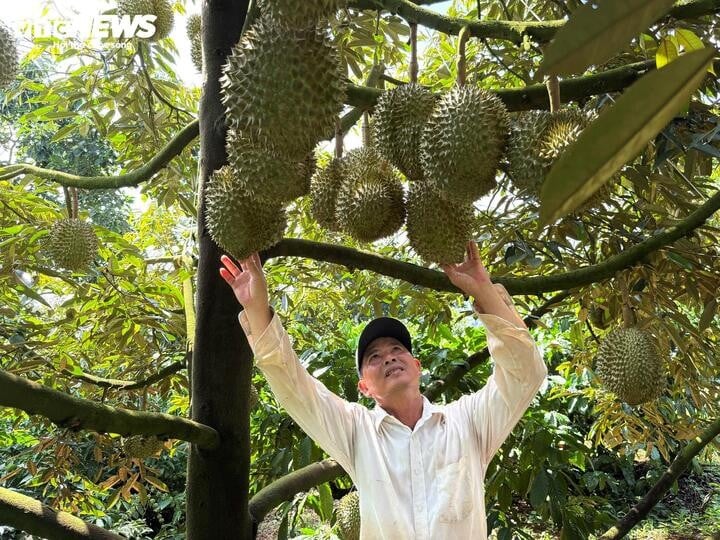
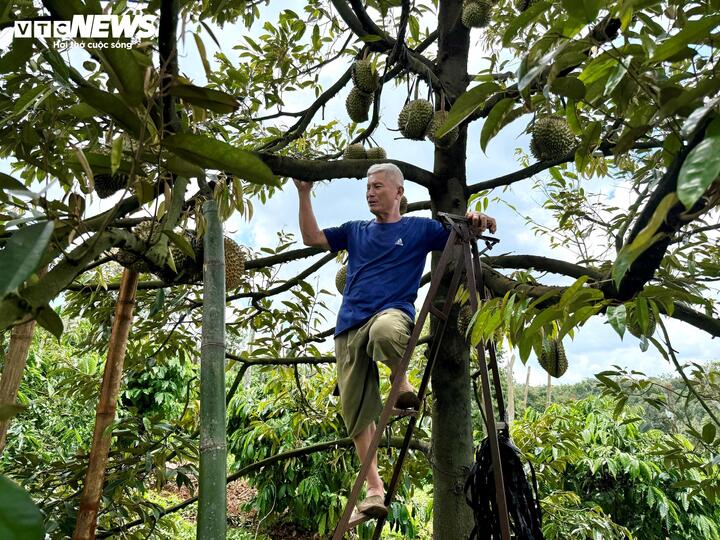


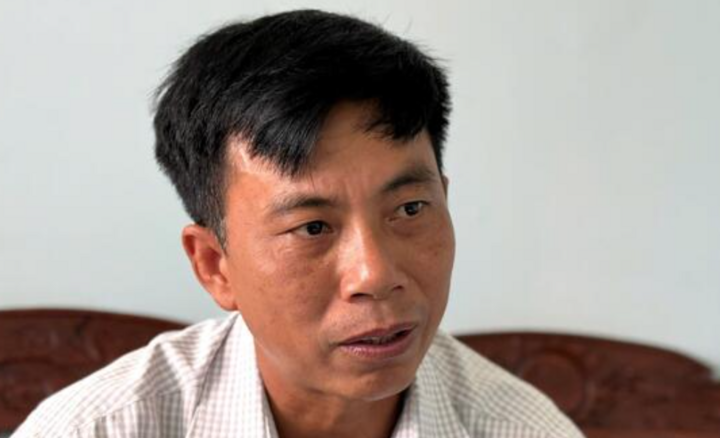
![[Photo] Prime Minister Pham Minh Chinh chairs the national online conference on combating smuggling, production and trade of counterfeit goods.](https://vphoto.vietnam.vn/thumb/1200x675/vietnam/resource/IMAGE/2025/6/23/4a682a11bb5c47d5ba84d8c5037df029)
![[Photo] Prime Minister Pham Minh Chinh holds meeting to launch exhibition of national achievements to celebrate 80th National Day](https://vphoto.vietnam.vn/thumb/1200x675/vietnam/resource/IMAGE/2025/6/23/0c0c37481bc64a9ab31b887dcff81e40)



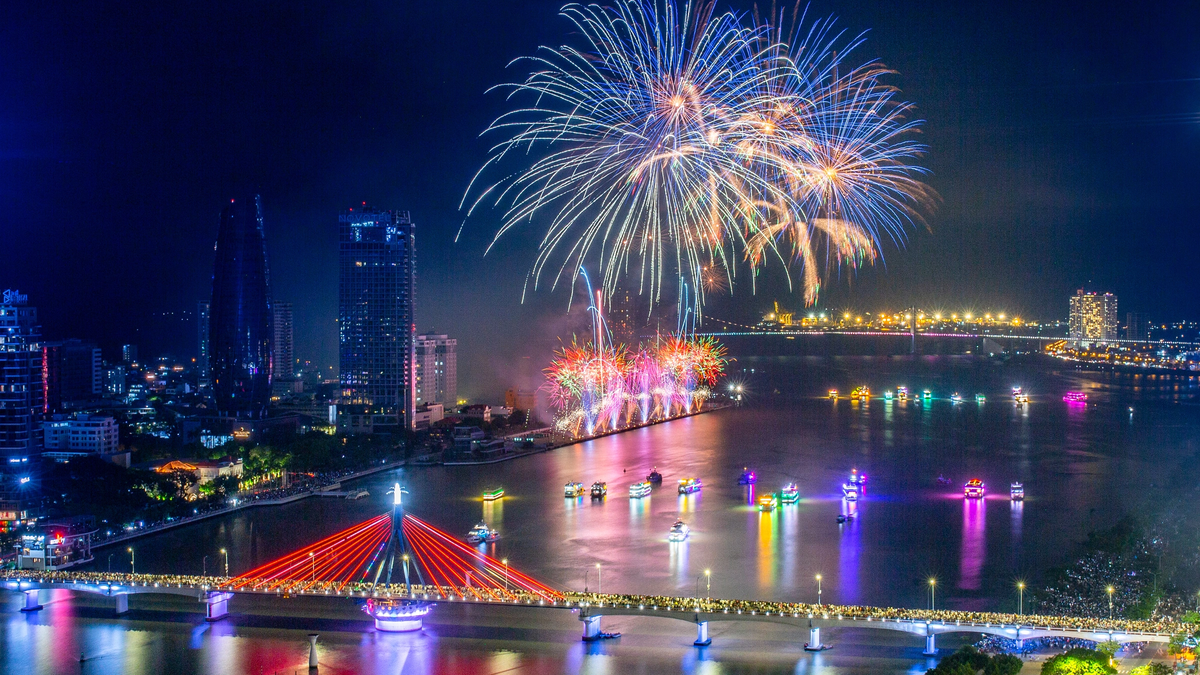


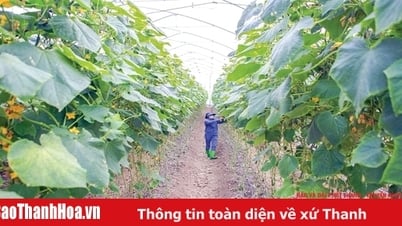



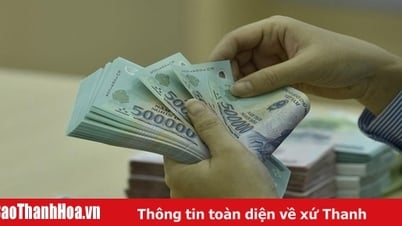
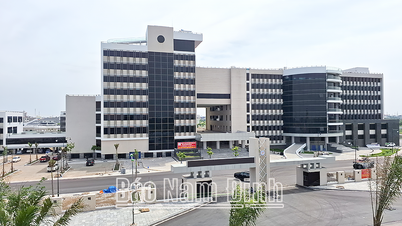

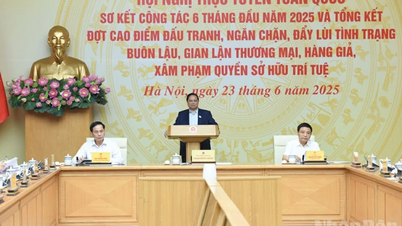




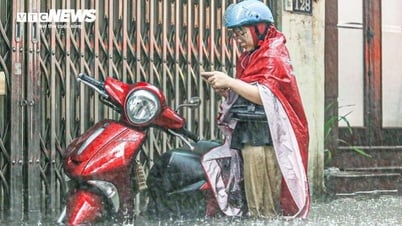
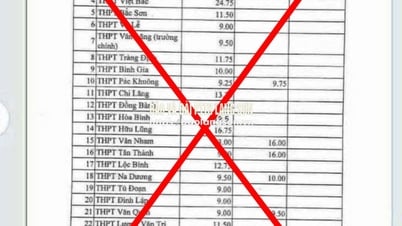

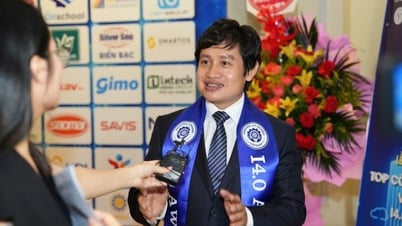
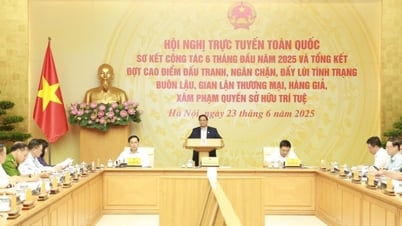
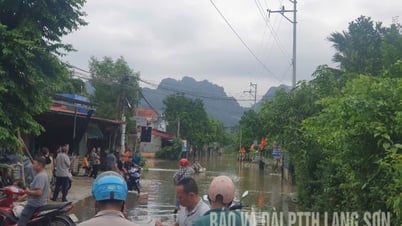
![[Photo] Party Congress of the Central Internal Affairs Commission for the 2025-2030 term](https://vphoto.vietnam.vn/thumb/1200x675/vietnam/resource/IMAGE/2025/6/23/5bf03821e6dd461d9ba2fd0c9a08037b)





















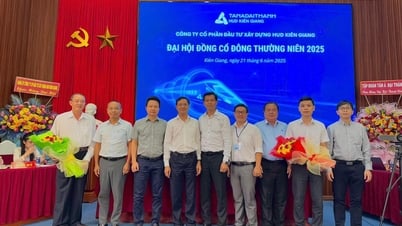








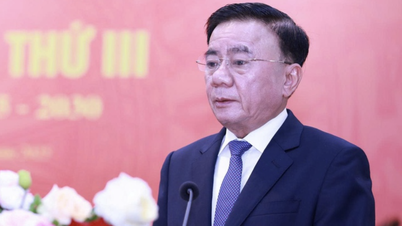

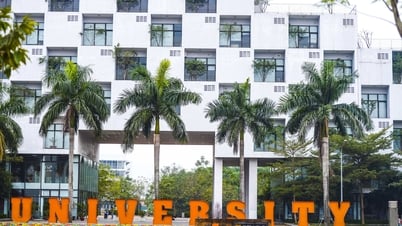

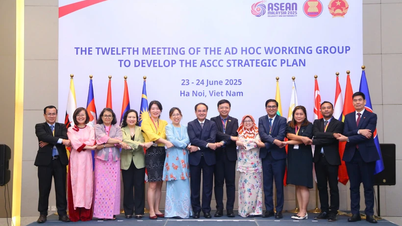
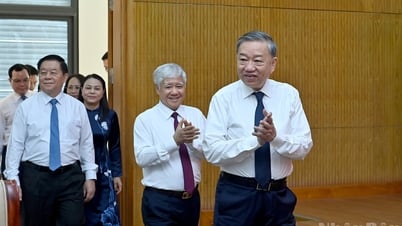

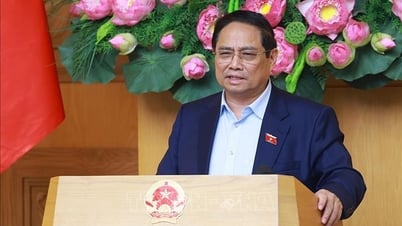
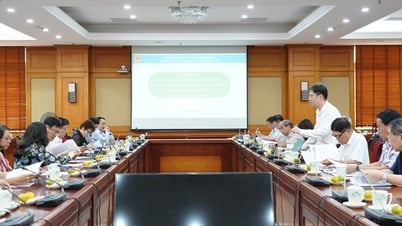

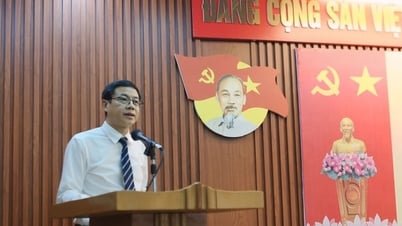
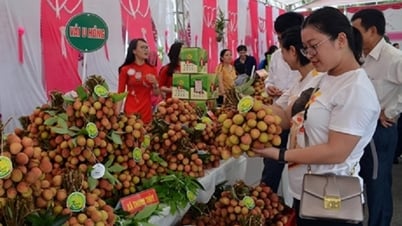

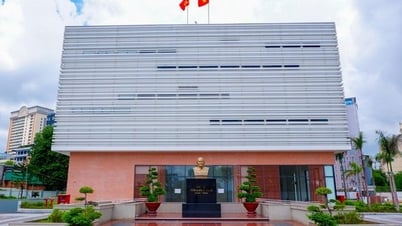

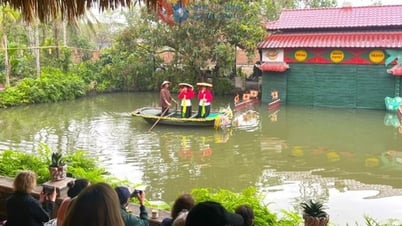

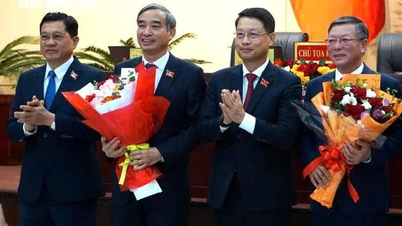

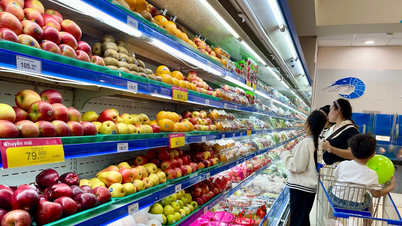
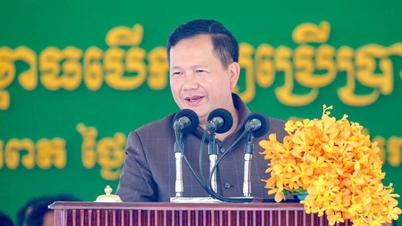
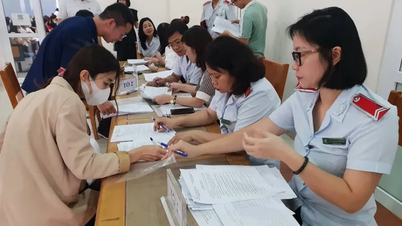

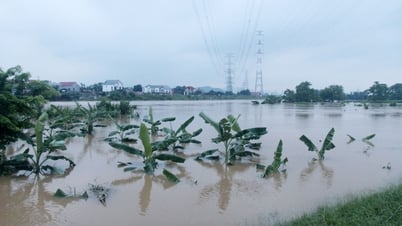










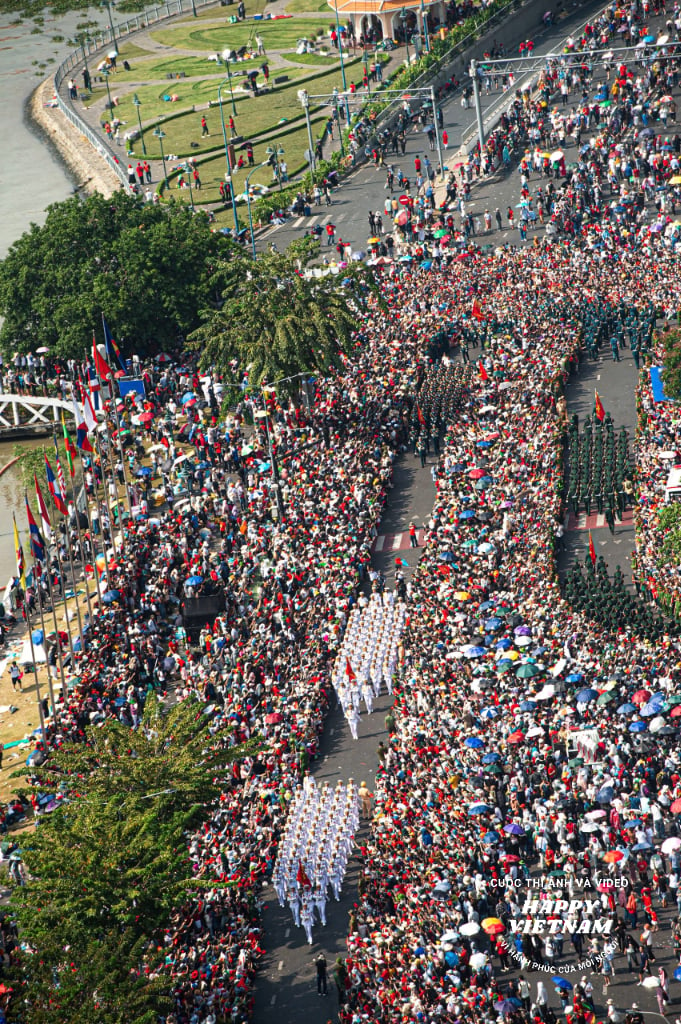

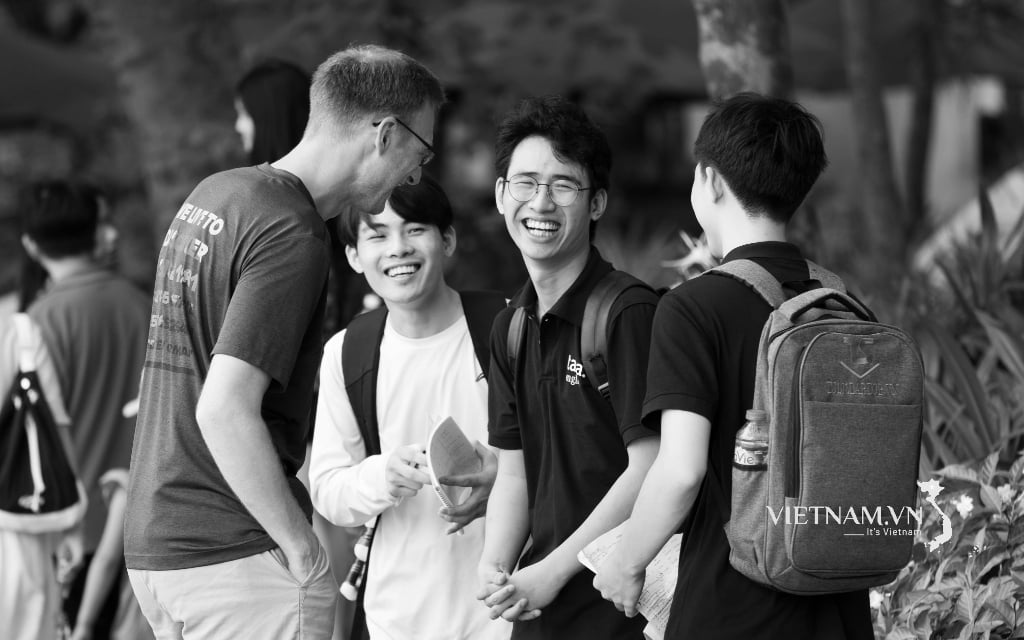
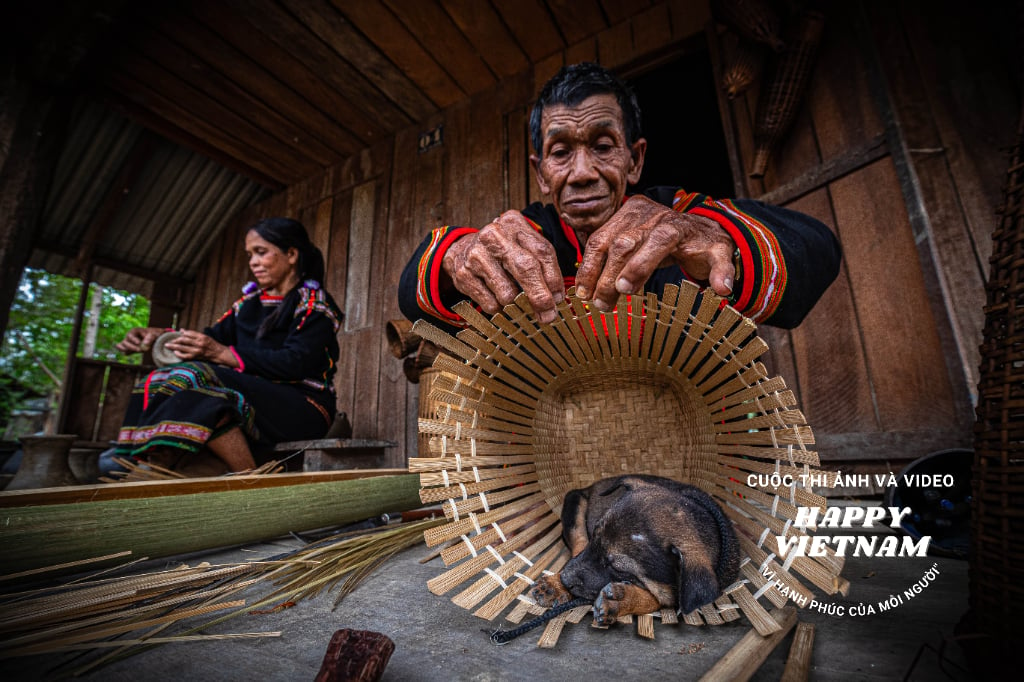
Comment (0)